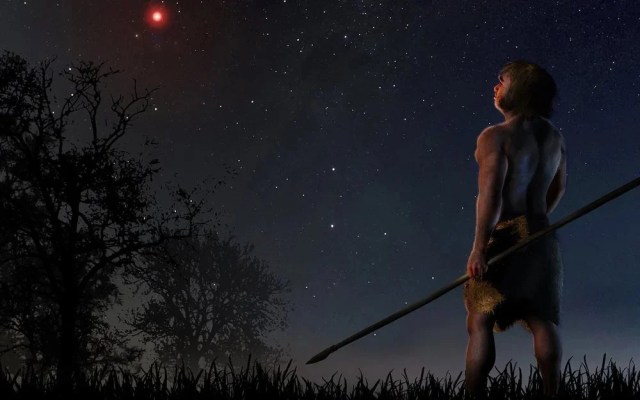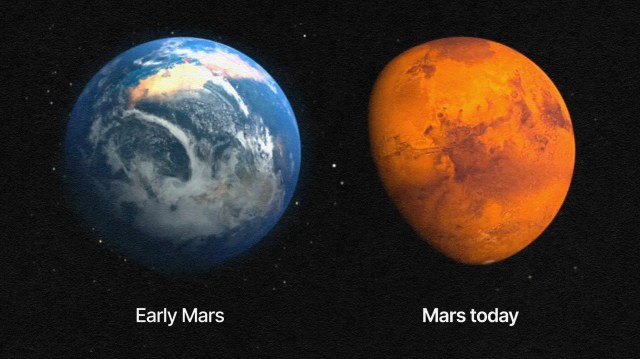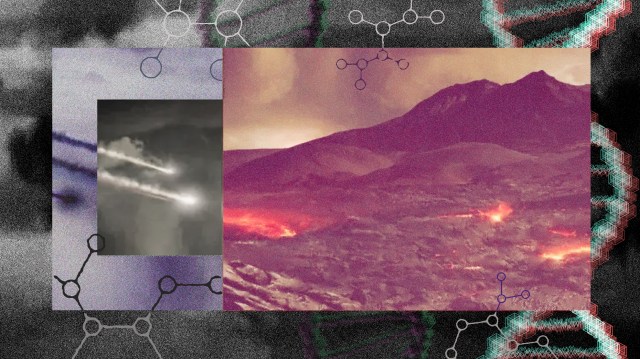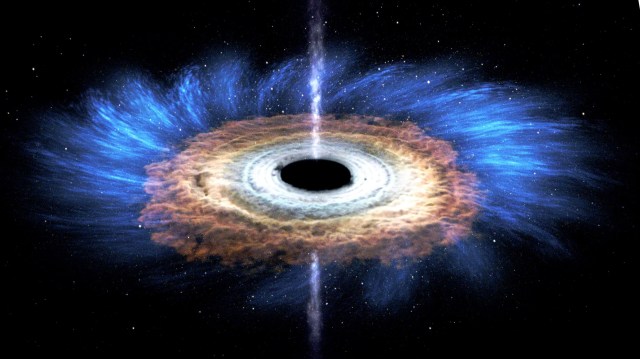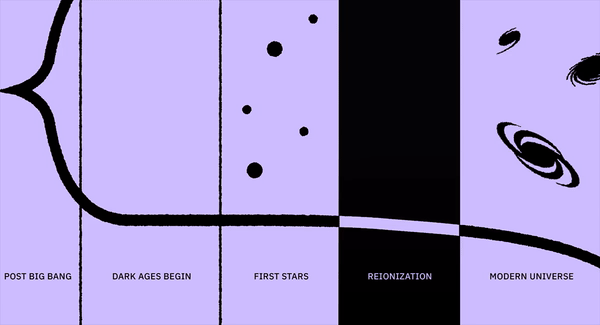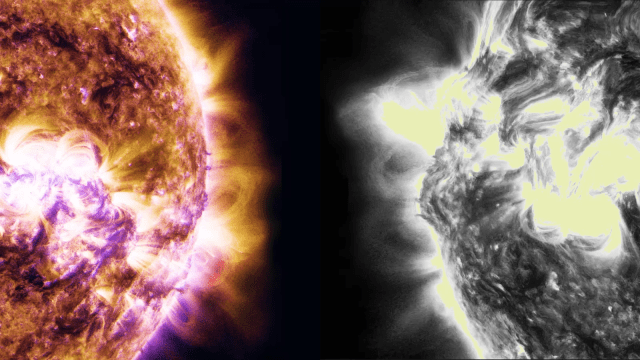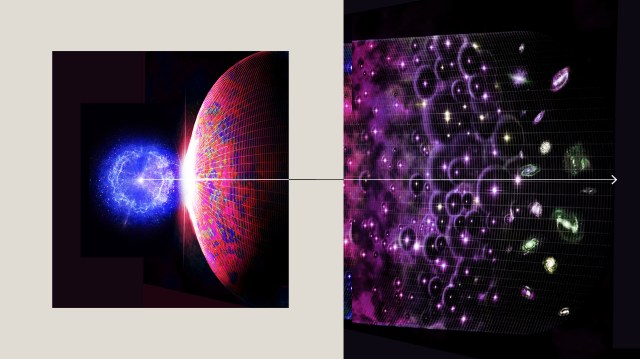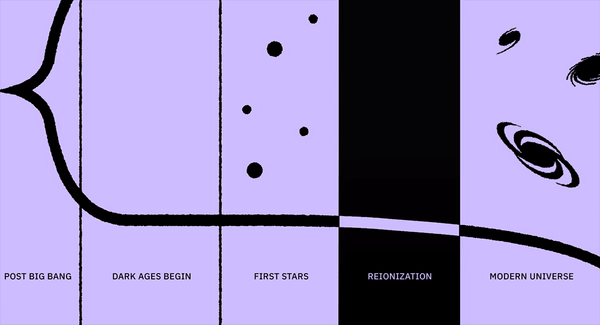What was it like when the cosmic web formed?

- Initially, the Universe was almost perfectly uniform, before forming structures like star clusters, galaxies, galaxy groups and clusters and, on the grandest scales, the cosmic web.
- But those structures didn’t form all at once: first the earliest stars formed, then galaxies, and then galaxy clusters and structures on even grander scales.
- It took quite a long time for the cosmic web to take shape, but its formation was an inevitability given the laws of gravity, the speed of light, and the seeds of structure planted since the beginning.
One of the strangest facts about the Universe is how dramatically it has changed over time. Today, we see a Universe filled with:
- hundreds of billions of large galaxies,
- containing hundreds of billions of stars apiece,
- surrounded by trillions of even smaller galaxies,
- all clumped and clustered together into a massive, filament-like structure known as the cosmic web.
Closer back in time to the Big Bang, however, none of those entities were present. There were no stars, no galaxies, and no larger-scale structures at all. Instead, everything was extremely smooth and uniform, with very little clumping or clustering to speak of. At the earliest times of all, the densest regions were only thousandths of a percent denser than average, and the regions of lowest density were only a few thousandths of a percent less dense than the cosmic average.
Qualitatively, that allows us to put a relatively simple picture together that puts all of these facts in their proper context. The Universe was born with only very tiny imperfections, but gravitation causes those density imperfections to grow, all while the Universe expands. Depending on how, where, and how quickly gravity wins by overcoming this cosmic expansion, we wind up with these enormous galaxies and galaxy clusters separated by regions containing practically nothing: cosmic voids.
The cosmic structure that we see today didn’t form all at once, however, with the largest structures forming last. This is the cosmic reason why.

Imagine the Universe as it was in these early stages. It’s full of matter (both normal and dark) and radiation (in the form of neutrinos and photons) that is distributed almost perfectly evenly everywhere you look. In the aftermath of the Big Bang, a typically overdense region had 100.003% the average density, while a typically underdense one had 99.997% the average density. When we describe the early Universe as uniform, this is the level of uniformity we achieved, and this amount of non-uniformity appears as the “seeds” of all cosmic structures.
These overdensities and underdensities were almost exactly the same on all scales: from tiny ones to enormous ones and everywhere in between. Whether you looked at a region that’s:
- a few kilometers,
- or a few light-years,
- or a few million or billion light-years
in size, the density fluctuations that you’ll find are all the same magnitude. You’ll keep finding that same ratio, with only a 1-part-in-30,000 fluctuation from the mean, describes the overdense and underdense regions the Universe began with on all cosmic scales.

But that initially uniform (or, rather, almost perfectly uniform) state doesn’t remain that way for long. Gravity immediately begins preferentially attracting mass into the overdense regions compared to all the others. The underdense regions more readily give up their matter to the surrounding, comparatively more dense regions, and so material begins to flow along gradients: from the less dense regions into the more dense regions in their immediate vicinities. Over time, this will add up, and the regions of greatest initial densities will accumulate matter from their surroundings more quickly, and more successfully, than all others.
Yet even though the law of gravity is universal, and the same on all scales, the Universe doesn’t form star clusters, galaxies, and galaxy clusters all at once. Instead, structure formation in the Universe is hierarchical: with the smallest-scale structures like stars and star clusters forming first, and with galaxies, galaxy groups and clusters, and even larger cosmic structures only forming much later. In fact, from a quantitative perspective, it takes under 100 million years for the first stars to form, but billions of years — more than ten times as long — before we form the massive galaxy clusters populating the Universe.

This might seem counterintuitive, as:
- the seeds of structure exist on all scales, even from the beginning,
- the laws and rules of gravity are always in place,
- and it’s inescapable, as anything with mass or energy, in any form, experiences gravitation.
However, there’s a simple reason for the existence of hierarchical structure formation that shows up in even the earliest, very first picture we have from the infant Universe: the cosmic microwave background and the fluctuations inherent to it. Even though gravitation is an infinite-range force, it doesn’t propagate at infinite speeds. It propagates only at the speed of light, meaning that if you want to have an impact on a region of space that takes you 100 million years to reach at the speed of light (e.g., something that’s 100 million light-years away), it cannot feel your presence until 100 million years of time have passed.
This is why, in the graph of the spectrum of fluctuations within the cosmic microwave background, above, the largest scales (at left) have temperature fluctuations that are completely flat: gravitation hasn’t impacted them yet. The 380,000 years that have passed from the time the hot Big Bang first occurred until the cosmic microwave background gets emitted, even within the expanding Universe, hasn’t provided enough time for those large cosmic scales to even experience the influence of gravity.
That first, massive peak in the graph is where gravitational contraction is just taking place now, but there hasn’t been enough collapse to trigger pushback on the part of radiation. And the peaks-and-valleys beyond that represent a splashing around on scales smaller than the current cosmic horizon: where gravitational contraction has not only occurred, but where radiation has “pushed” that once-contracted matter back out again at least once.

This all translates into a detailed roadmap for how the large-scale structure in the Universe forms. We can break it down into a few general rules.
- Structure will form on smaller scales first: stars before galaxies, galaxies before clusters, clusters before superclusters.
- That characteristic scale where the density fluctuations have the greatest magnitude — corresponding to that first “acoustic peak” in the graph of the cosmic microwave background — will correspond to a distance scale, today, where we’re more likely to see galaxy correlations than on either shorter or longer scales.
- If there’s some sort of acceleration phase that arises later in the Universe (e.g., dark energy), it will cause a cutoff in structure formation: a maximum, largest scale for any structures that can stably exist.
- And once you become gravitationally bound, you should remain gravitationally bound even as the expansion of the Universe continues without bound.
Based on our observations of both the nearby and the distant Universe, all of these predictions have been borne out spectacularly.

The first stars, as we understand them, appear when the Universe is between 50 and 100 million years old. Their formation requires that many millions of solar masses (but not much more than a billion) gather together in one region of space, initiating gravitational collapse, in order for some of that material to fragment and lead to the formation of individual stars. This is an exceptionally large amount of material, which is special for the primordial material that the Universe was born with (rather than the heavy-element-rich material that arises once prior generations of stars have lived-and-died), which means that even the densest regions of all won’t develop stars until many tens of millions of years have passed.
It will then take additional lengths of time for these individual star clusters to both:
- merge together,
- and to accrete matter from the surrounding regions,
in order to create the first galaxies. After those galaxies come into existence, it will take several hundreds of millions of years for significant numbers of those galaxies to merge together to create evolved galaxies and galaxy groups, and for those groups to merge together to form galaxy clusters. This is what we mean when we talk about the cosmic web and the large-scale structure of the Universe forming hierarchically: it has to build itself up, from small scales (where gravity takes action first) to large ones.

Even though this is how structure forms in the Universe, where it ultimately gives rise to a network of filaments that intersect at various nexuses, that network doesn’t appear everywhere at once, but rather appears on smaller scales first. The larger scales don’t exhibit structure, or rather, the growth of structure beyond the magnitude of its initial seeds, until the Universe has aged further. It takes an extremely large amount of time in order for a gravitational signal to traverse the large distances separating the clumps of matter that wind up forming structure on the largest scales of all: hundreds of millions or even billions of light-years.
By the present time, we have an observable Universe that’s a whopping ~92 billion light years in diameter. Given how large the Universe was at an age of 380,000 years, and the size/scale of the acoustic “peak” that we saw imprinted in the cosmic microwave background, that sets the scale at which we’re more likely to see galaxy-galaxy correlations than others. That acoustic scale, today, is at a distance of about 500 million light years, which means if you put your finger down on any galaxy and look a certain distance away, you’re more likely to find another galaxy 500 million light-years away than you are either 400 or 600 million light-years away. It also explains the first cosmic bounce we’ve ever discovered: a bubble-like galaxy-rich structure spanning approximately 500 million light-years in radius.
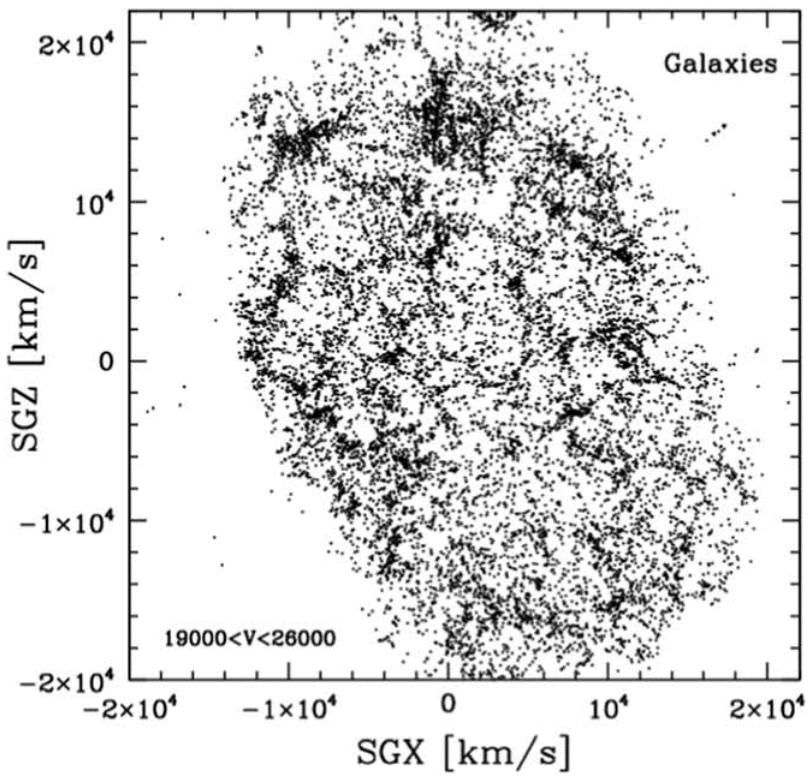
Furthermore, the large-scale features we recognize as galaxy clusters shouldn’t be — and, in fact, aren’t — present at the earliest stages of cosmic history. For many hundreds of millions of years, there should be no galaxy clusters at all, only proto-clusters still in the process of forming, at best. If we want to see large groups of galaxies all clustered together in the same region of space, and all gravitationally bound together on top of that, it should take billions of years of cosmic evolution before they appear.
Large collections of galaxies will inevitably clump and cluster together, as gravitation on those larger cosmic scales will eventually catch up, drawing them in toward their collective center of mass. It takes time for these larger, more massive, grander-scale structures to form, but here in the Universe, saying “we’ve got all the time in the world” is a gross understatement.
For galaxy clusters, the ones that appear at these early times should be lower in mass than the ones that show up at later times, as even on these large scales, there’s still ongoing gravitational growth over time. By and large, this is borne out spectacularly by observations, with the earliest massive galaxy clusters known appearing well after massive galaxies are plentiful. As we look close by, we find galaxy clusters that are still more massive and contain even more galaxies than the earlier, more distant ones.

Most spectacularly of all, there seems to be a limit to the size and mass of structures. You may have heard of our local supercluster: Laniakea, which contains the Milky Way, the Local Group, the Virgo cluster, and many other clusters and groups that appear to be arranged in a spindly, web-like structure. If you were to map it all out, you might be tempted to conclude that Laniakea is real, and that this massive object is an even larger structure than the big galaxy clusters we see across the Universe.
Yet, Laniakea itself is nothing more than a phantasm. It is only an apparent structure; it isn’t gravitationally bound. On the largest cosmic scales, dark energy dominates the gravitational force, and has been doing so for the past 6 billion years. If an object hadn’t gravitationally grown to a sufficiently great density so that it would collapse under its own power by that epoch in cosmic history, it would never make it to that point.
Laniakea, like all enormous supercluster-scale structures, is presently being torn apart by the expansion of the Universe. It takes, on average, about 2-to-3 billion years for these large galaxy clusters to grow to sufficient densities to gravitationally collapse. The most massive ones might contain many thousands of Milky Way-sized galaxies today, but there are no behemoths spanning tens of billions of light-years or containing tens of thousands of Milky Ways inside them. (Claims to the contrary are based on dubious evidence, and are likely completely wrong.) The accelerated expansion of the Universe is simply too much for gravitation to overcome.

Although the seeds necessary for cosmic structure were planted in the very earliest stages of the Universe — all the way back during the phase of cosmic inflation that preceded and set up the Big Bang — it takes time and the right resources for those seeds to grow to fruition. The seeds for small-scale structure germinate first, as the gravitational force propagates at the speed of light, growing overdense regions into the earliest star clusters after only a few tens of millions of years. As time goes on, the seeds for galaxy-scale structure grow too, taking hundreds of millions of years to bring about galaxies within the Universe.
But galaxy clusters, growing from the same magnitude seeds on larger distance scales, take billions of years to fully form. As time continues to pass, more galaxy clusters form, with increasingly greater masses, and some of these galaxy clusters even attract and merge together, leading to the grandest cosmic smash-ups of all. But by the time the Universe is 7.8 billion years old, the Universe’s expansion has already begun to accelerate owing to the presence of dark energy, explaining why there are no bound structures larger than galaxy clusters within the Universe.
The cosmic web is no longer growing as it once was, but is primarily being torn apart, as the filaments within it stretch and stretch owing to the presence of dark energy. Enjoy what we have while it still persists; the observable Universe will never be this richly structured again!


